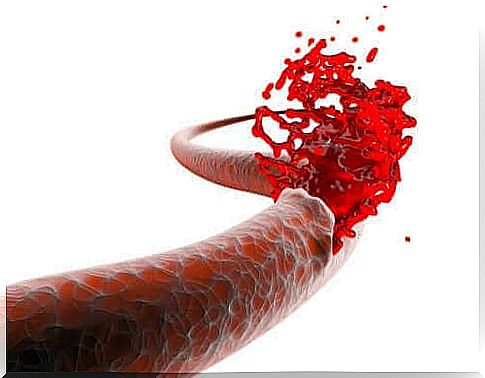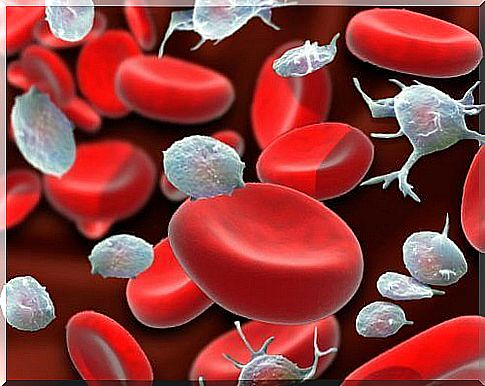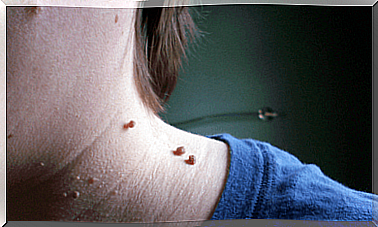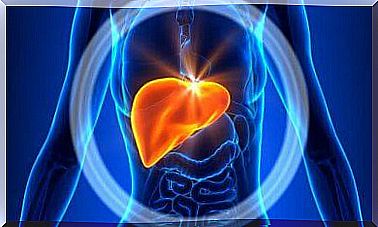The Risk Of Bleeding After An Operation

Injuries or trauma can cause bleeding after an operation, which can also manifest itself in the form of a blood clot. The various blood vessels carry oxygen and nutrients to tissues. When blood vessels are damaged, bleeding can occur inside or outside them.
Hemostasis is the process that causes bleeding to stop in damaged blood vessels. The necessary factors for a coagulation to form include:
- Platelets. Platelets are very small cells that the bone marrow produces. Normal platelet counts are between 150,000 and 400,000.
- Coagulation factors. These factors are found in the blood and are mainly produced in the liver.
Surgery increases the risk of venous and arterial thromboembolism. Experts also know that the temporary discontinuation of antithrombotic drugs creates a higher risk of thrombosis and embolism.
The risk of bleeding before surgery induced by oral anticoagulants is usually low. However, it is high during and after surgery, depending on the surgery.
Risk factors for bleeding after surgery

A risk assessment of a surgical procedure is necessary for these patients. For this reason , the type of antithrombotic treatment the doctor chooses will depend on the patient’s condition.
Thus, physicians must consider both thrombotic and hemorrhagic risk in a surgical procedure. Thrombotic risk of surgery is important due to the increased risk of thrombosis when doctors discontinue anticoagulant / platelet therapy.
In these cases, doctors may choose to continue or discontinue anticoagulant therapy. If they choose to discontinue it, they should prescribe heparin and then start treatment again with oral anticoagulants. This is primarily due to postoperative immobility, but also the prothrombotic effect of the operation itself.
Postoperative bleeding
A major haemorrhage is a severe haemorrhage that requires a transfusion of at least two units. There may also be intracranial, intrathoracic or peritoneal haemorrhage.
When a bleeding complication is encountered, the treatment the doctor chooses will depend on the extent and location of the bleeding. Anticoagulation levels also play an important role. Fatal or life-threatening bleeding is also considered major.
The chance of bleeding will also condition the reintroduction of postoperative antithrombotic treatment since the onset of anticoagulation in cases of high bleeding risk will vary. If suppression of anticoagulation continues for more than 24 hours, your doctor may need to consider administering heparin.
Resumption of anticoagulant treatment after surgery

Anticoagulant therapy should be resumed two to three days after surgery. However, you should always consult your doctor.
You should start with low doses, which means those used in prophylaxis, two to three days after surgery. You should start therapeutic doses after 48-72 hours, but only if you do not suffer from continuous bleeding after the operation.
Most patients treated with both warfarin and acenocoumarol can continue anticoagulation therapy the night after surgery, as long as they do not suffer from bleeding complications.
However, the therapeutic effect will not begin until four to five days after starting anticoagulant therapy. One of the main goals of the patient who has been through anticoagulation is to restore his antithrombotic condition as soon as possible. Medical professionals must take into account adequate postoperative hemostasis and the risk of bleeding associated with the procedure.
In general, most postoperative bleeding resolves within 24 hours after surgery. However, this will not always be the case, and that is why anticoagulation should not be started until hemostasis returns to normal.









